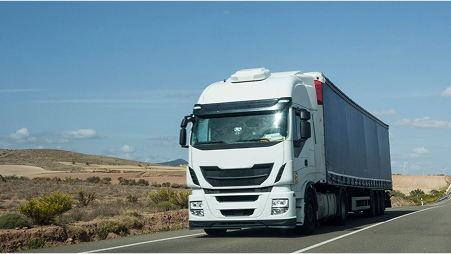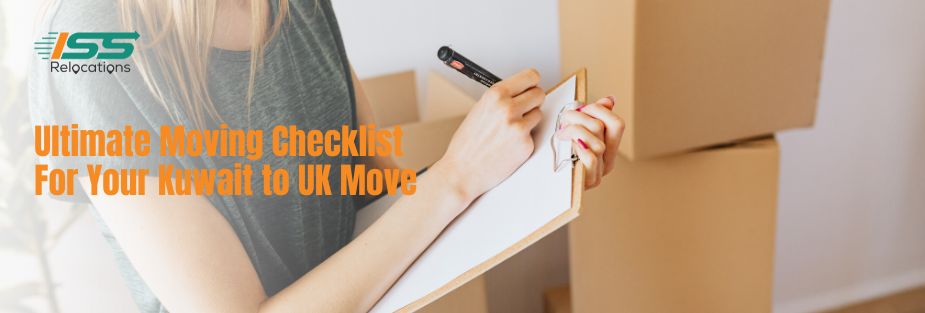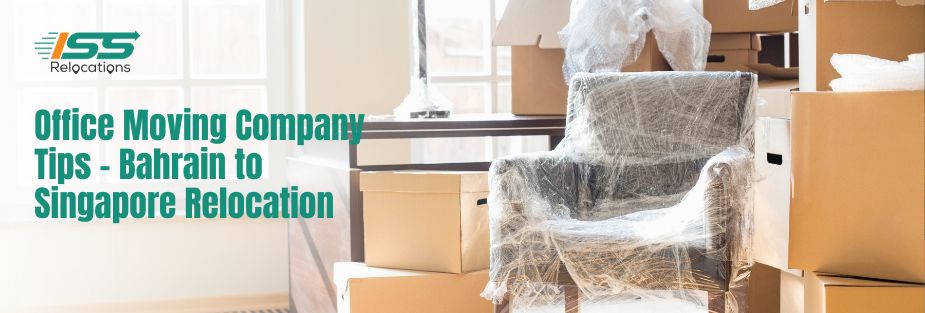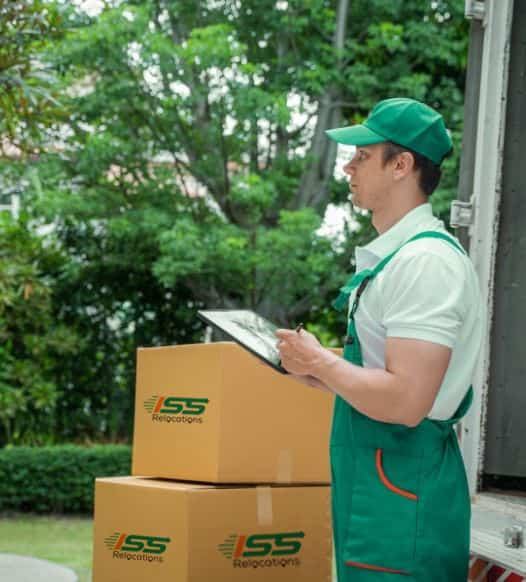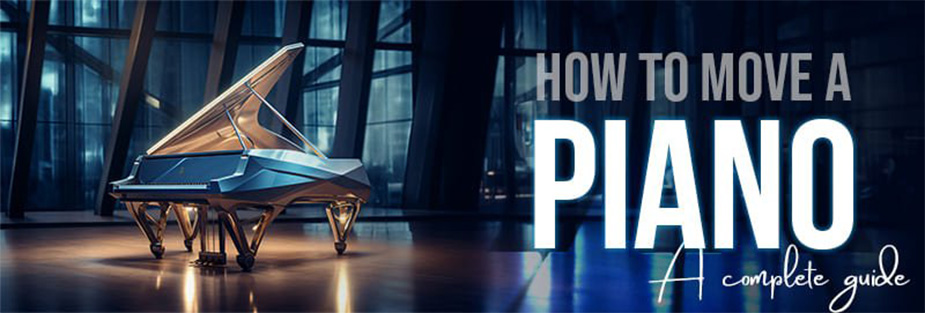
How to Move a Piano – A Complete Guide
Move a piano is a delicate and difficult process that needs to be meticulously planned out and carried out in order to guarantee the protection of both the instrument and those getting involved in the transfer. Whether you’re relocating to a new home, transporting the piano to an entirely different place, or simply rearranging the layout of your living area, particular techniques and safeguards are required for a successful piano move.
In this detailed guide, we’re going to go over the best practices and step-by-step directions for moving a piano securely and effectively. From assessing the situation and accumulating necessary equipment to applying proper lifting techniques and securing the piano for transportation, we’re going to go over everything you need to know to ensure a smooth and successful piano relocation.
Step-by-Step Instructions for Moving a Piano Safely and Efficiently
1. Assess the Situation
Before planning to move a piano, think about the layout of your geographical region and the most effective route for transportation. Measure entrances, corridors, and staircases to ensure that the piano can be securely moved without causing damage to walls or furniture.
2. Gather Necessary Equipment
To move a piano safely, you ought to have the appropriate equipment, which includes furniture straps, moving blankets, dollies, and lifting straps. Invest in high-quality equipment built expressly for moving substantial objects to ensure stability and security while in transit.
3. Enlist Professional Help
Moving a piano is not a simple procedure, and employing a professional moving company is highly recommended. Experienced piano movers have the knowledge and equipment required to properly transport the instrument and reduce the risk of damage or harm.
4. Prepare the Piano
Before transferring the piano, ensure that it’s properly assembled for transportation. Close and lock the cover of the keyboard to protect the keys and secure any loose components or parts that may be loose. Wrap the piano alongside moving blankets or providing padding to prevent scratches and dings.
5. Use Proper Lifting Techniques
Lift the piano with appropriate techniques in order to prevent strain and damage. Bend at the knees, take care of your back straight, and lift with your legs, not your back. Lifting straps or harnesses can help distribute the weight and give extra support.
6. Secure the Piano for Transportation
Once the piano has been loaded onto the dolly or moving truck, secure it in place using furniture straps or tie-downs. In order to avoid damaging the instrument or injuring individuals handling it, ensure that the piano is stable and cannot shift or tip during transit.
7. Take Precautions on Stairs
If you’re passing through stairs during the relocation, take extra steps to stay safe. Use stair ramps or piano skids to make the transition simpler and to minimize damage to the piano or steps. Additional volunteers have been stationed to assist with properly moving the piano up and down stairs.
8. Communicate Clearly
Effective communication is necessary throughout a piano move. Work closely with your moving team to ensure that everyone recognizes their roles and obligations. To communicate and coordinate movements, use unambiguous verbal cues and physical signs.
9. Protect Floors and Walls
To protect your walls and floors, place protective coverings such as cardboard or moving blankets throughout the entire path of transit. Use corner guards in order to prevent the piano’s weight and movement from scratching or denting the walls and entrances.
10. Plan for Storage, if Necessary
If the piano is stored temporarily during the move, choose an environment with climate control free of moisture and humidity. To protect the piano from dust and debris, place it on an impact-resistant platform and cover it with a breathable cloth.
11. Hire Professional Piano Tuning Services
After moving the piano, contact expert piano tuning services in order to maintain the instrument in top shape. Temperature and humidity fluctuation during transportation can have a direct effect on the piano’s tuning thus, a competent technician ought to tune it.
12. Inspect for Damage
After the piano has been moved and settled into its new location, meticulously examine it for any signs of wear and tear or problems. Check for scratches, dents, or structural damage, and express any concerns to your professional moving company or piano technician.
13. Allow for Acclimatization
Allow the piano to become accustomed to the new levels of humidity and temperature before playing or tuning. Sudden changes in environmental instances can have an impact on the piano’s sound and performance, which means giving it time to acclimate.
14. Maintain Proper Care and Maintenance
To keep your piano in the best possible condition, give it regular care and maintenance. Keep the piano clean and dust-free, and avoid keeping it near sources of heat or moisture. Set Up frequent tunings and inspections to ensure that the instrument stays in tune and is free of harm.
15. Consider Professional Moving Services
If you have reservations about moving the piano yourself, or if it’s a pricey or fragile item, consider hiring expert piano movers. Professional movers have the knowledge, equipment, and experience required to move pianos efficiently and swiftly, providing you peace of mind during the process.
Conclusion
To summarize, moving a piano involves meticulous planning, preparation, and execution to ensure a successful and safe move. Following the step-by-step directions and best practices given in this tutorial will allow you to confidently move your piano without causing damage to the instrument or injury to yourself or others involved.
Remember to take into account the circumstances, obtain the appropriate equipment, utilize proper lifting techniques, and secure the piano before transporting. Consider hiring expert movers if you are unsure about transporting the piano yourself or if it is exceptionally pricey or delicate.
Plan Stress-free Move with Top Moving Company in UAE - ISS Relocations

Frequently Asked Questions
How expensive is it to move a piano?
The cost of moving a piano depends on factors like size, weight, distance, and special handling requirements. On average, local moves range from $200 to $600, while long-distance or international moves can cost $1,000 or more. ISS Relocations offers expert piano moving services, ensuring safe transport with specialized equipment and trained professionals.
Is it worth it to move a piano to UAE?
Yes, if your piano holds sentimental or high financial value, moving it to UAE is worth the investment. UAE has a strong music culture, and relocating your piano ensures continuity in practice or performance. ISS Relocations specializes in handling delicate instruments, ensuring a smooth and damage-free transition to your new home in UAE.
What does it cost to move a piano?
The cost of moving a piano depends on the type of piano, distance, and difficulty of the move. On average, piano moving costs range from $200 to $1,000, depending on these factors. ISS Relocations offers professional piano moving services, ensuring your valuable instrument is safely packed and transported with care.
Do you need a professional piano mover to move a piano?
Yes, it’s highly recommended to hire a professional piano mover as they have the experience and specialized equipment to ensure the safe transport of your piano. ISS Relocations offers expert piano moving services to protect your instrument during the relocation process.
How difficult is it to move a piano from UAE?
Moving a piano can be challenging due to its size, weight, and delicate nature. It requires special equipment, such as dollies and lifting straps, and experience to ensure it’s transported safely. ISS Relocations provides reliable piano moving services to handle all the logistics, making the process easier for you.
How heavy is a piano to move?
The weight of a piano varies depending on the type, but an upright piano can weigh between 300-800 pounds, and a grand piano can weigh between 500-1,200 pounds. ISS Relocations uses specialized equipment and trained professionals to move your piano securely and efficiently.
Is it safe to move a piano from UAE?
Yes, moving a piano is safe when done by professional movers who have the right equipment and experience. ISS Relocations ensures that your piano is securely packed and transported, minimizing the risk of damage and ensuring it arrives at its destination safely.
Moving Company - Recent Blog
Stay informed and prepared for your next move with our latest blogs on moving services in the UAE. From expert packing tips to international relocation guides, ISS Relocations brings you up-to-date insights to make your moving experience smoother, safer, and stress-free.
